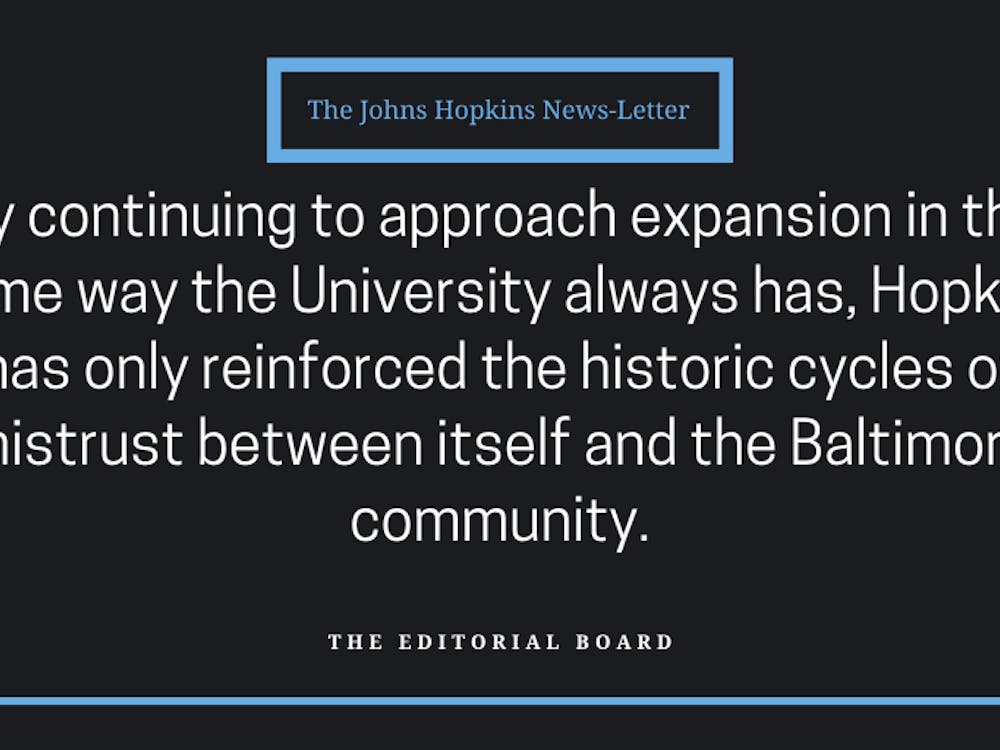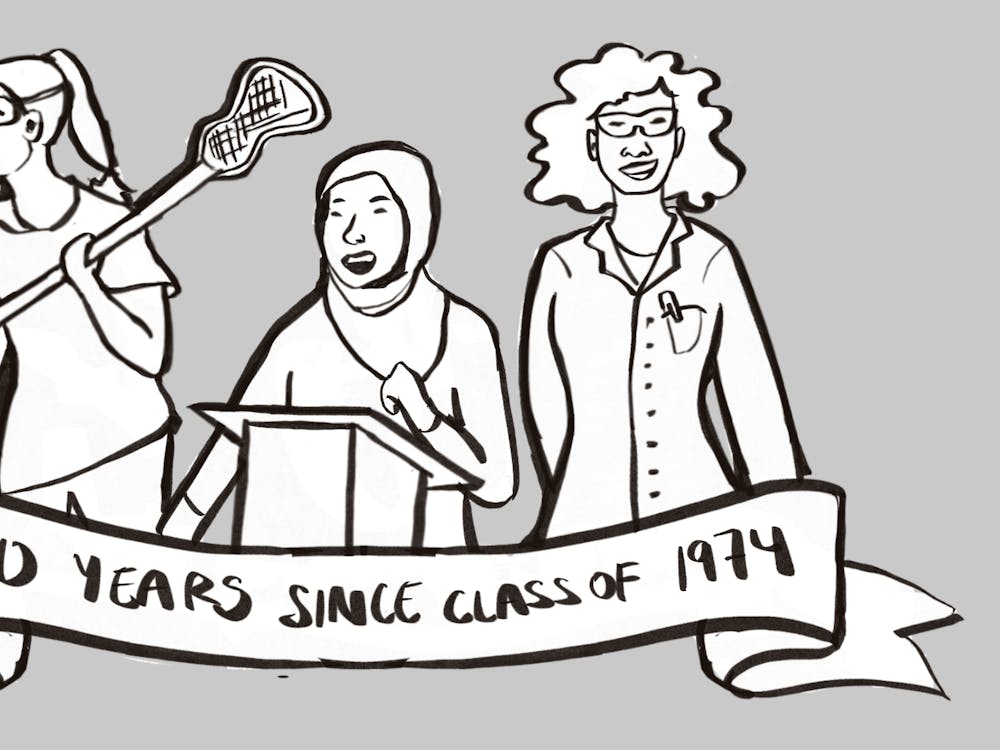When my counselor confronted my growing flirtation with bulimia, she asked me, “What if the body you have now is meant to be your body? That there is no ‘skinny’ you?”
I stared at her. My face blank as she patiently waited for me to make that awe-inspiring connection, that thunderstruck moment when all my neurons fired at once and lead me to acceptance and self-love. A part of me knew that this should be the moment when I sobbed, cried and finally let the weight struggle inside of me take its final breath. This was the moment when I was supposed stop taking the blue pill and let the weight off my shoulders. However, it wasn’t that moment for me.
America means many things to many people. It’s a place of boundless career opportunity and freedom of speech. America is the land of McDonalds, fast food and ballpark hot dogs. America is the epicenter of Hollywood cinema, celebrities, fashion and pop culture. America is also one of the countries with the highest incidence of eating disorders.
Everyday when I go onto Facebook, there are constant advertisements for Calvin Klein, Victoria’s Secret, American Eagle, Hollister, etc. I always see women who are delicate held close by large muscular men. It makes me envious. I also get caught up in those websites full of celebrity gossip, and I always see thin celebrities wearing thousands of dollars worth of clothing, walking in the Los Angeles sun — and they are thin. Victoria’s Secret fashion shows glorify an impossible body type as the models sensually prowl toward the camera.
With women such as Jennifer Lawrence, Beyoncé and Tina Fey loudly calling out the media for its obsession with thinness, that has now become a hallmark of American culture. Many people are now starting to see behind the gloss of the magazines pages, particularly in regards to the model culture. In fact, Australian fashion this past year was nicknamed “The Hunger Games” because the majority of the models were clinically underweight. One in 10 models has a body mass index below 18.5, making them underweight. To put it in greater perspective, 20 years ago the average fashion model weighed eight percent less than the average woman. Today, the average model weighs 23 percent less.
Women of healthy weight do not get nearly as much media exposure. Women gracing the catalogs and the Internet work to the extremes to become thin. Top model Katia Elizarova revealed in an exposé that many models will resort to cocaine to get hollow checks or take their own front teeth out in order to have a smoother face. Models have eaten tissues and cotton balls to feel full instead of eating food, knowing full well the risk of deathly bowl obstruction. Kate Moss once said, “Nothing tastes as good as skinny feels.”
"The promotion of the thin, sexy ideal in our culture has created a situation where the majority of girls and women don't like their bodies," says body-image researcher Sarah Murnen, professor of psychology at Kenyon College in Gambier, Ohio. "And body dissatisfaction can lead girls to participate in very unhealthy behaviors to try to control weight."
This obsession with thinness can be traced back to the Victorian Era. Prior to this time a plump woman was considered sensual because fat correlated with wealth. However in the 1800s, instead of foot binding, Western culture became obsessed with waists. Often called a “Beehive waist” women would wear corsets that would constrict their waists down to 15 inches. This antiquated style has since catalyzed a world-wide cultural obsession with the quintessential thin body, and as such, the diet industry makes an annual profit of $20 billion.
Many dieters get frustrated quickly, and many people who resolve to lose weight each New Year’s Eve will fail within the first week. Research shows that many extreme dieters regain their original weight within five years. It’s no surprise that so many young people go on to develop eating disorders as they try fad diets that then fail.
Anorexia has risen 15 percent in the last decade alone. In the U.S., 20 million women suffer from eating disorders. The onset of eating disorders is usually between the ages of 12 and 25, our most formative years. They usually begin in youth because teens deal with increased hormone levels, and with hormones comes zits and weight loss and/or gain. Puberty is the hardest hit against a person’s self-confidence. This is why many teens turn to extreme weight loss to copy the idealized models they see in their Seventeen and Teen Pop magazines.
When I was nine, my parents started pointing out my waistline. Thus, I began a lifestyle of on-and-off again dieting. My grandmother told me puberty would take my weight away, that I would get a growth spurt that would distribute the weight. But when puberty hit me when I was 11, it didn’t.
In middle school I began dieting. I would eat nothing all day except a snack bar when I got home. I once drank only SlimFast shakes for three months. I even wore a corset, which constricted my breathing and gave me rashes, particularly when I was rowing. I actually began rowing in high school in hopes of losing weight, but I didn’t. Instead, I gained weight, whcih was extremely distressing. Then, due to Irritable Bowel Syndrome (IBS), I started taking MiraLAX.
This is where my problems truly began. After years of using MiraLAX at my mothers suggestion, I began to go to CVS and get little blue Maximum Strength Laxative pills. They were better than MiraLax because you didn’t have to drink a disgusting concoction. The pills were quick and easy. However, a disturbing mentality had begun developing. I felt heavy and full a lot. I always felt as though I were constipated and needed the pills. Therefore I went from taking two pills a day to taking between eight and 10 depending on how I had looked at myself in the shower that day or if I had a misguided treat. The most I took in one sitting was 20.
The thing was that I could see myself doing it. I always had complete clarity and would say to myself, “Sofia, this is bad. This is wrong.” And I knew it was wrong. I lied to my own mother about it remorselessly. She’d ask, “Didn’t you just restock on those?” and I’d laugh and say no. Having my own car had its advantages.
Why did I continue doing it? Because I wanted to reach my full potential. I’m smart, sporty and justifiably pretty — I just needed to be thin to be that all-American girl. To be a success.
The prevalence of eating disorders is due to the misconceptions we have about the topic. Anorexics don’t do the classic toothbrush to the back of the throat, because it is well known that this behavior can scar and destroy your esophagus. Many resort to drugs, which can be as easily obtained, as I found, at your local drug store. There is also a misconception about the demographic of those with eating disorders — manorexia, men with anorexia, has risen to the point that one in four anorexics are male. For every 20 million women facing eating disorders, five million men stand with them.
Men face the challenges of body image as well. They are constantly told to “man up.” Twenty percent of adolescent male teens have increasing worries about their physique that can lead to eating disorders. Diagnosis of these men is often overlooked due to the fact that many doctors see eating disorders as an illness that only affects women. Doctors see over-exercising and using supplements for fat loss as a “guy thing.” Making it so that the average doctor is even less likely to recognize the symptoms.
This is a cycle that has to stop, and the only way to stop it is to go to the sources: fashion and pop culture.
Women such as Nadia Abolhousen have been praised for enforcing fashion for normal-sized women. Brands such as ASOS have a standing demand for curvier models through sizes 18 and 20. It’s great to see these campaigns based on plus-size models, but don’t let these positive developments sway you to complacency because sizes of six to 14 are still considered “plus size.” Also, the name “plus size” is offensive. If the average woman wears a size 14, what do we call women beyond that? “Lard Sized”?
What I’m trying to say is that we should just love our bodies. My aunt is a marathon runner, but she’s not stick-thin or anything like that. She’s stocky and muscled, but she’s proud of her body, which is more than I can say for most and for myself. In many surveys, most people aren’t looking for skinny or six-packed partners (‘cause you can be skinny and still be unhealthy), but instead are looking for people with healthy bodies. We should promote the beauty of being healthy and being comfortable in your own body.
We should be happy in our own skin.






















Please note All comments are eligible for publication in The News-Letter.